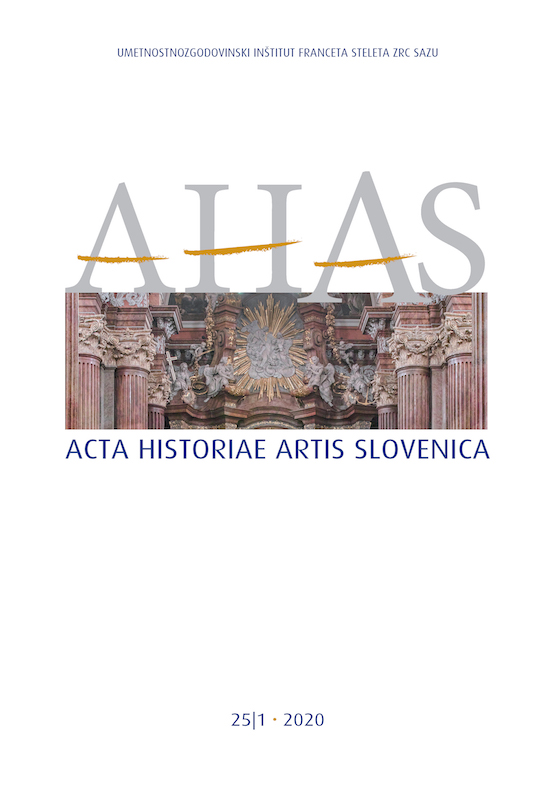Technical Problems and Coincidence as Parents of Success
Foundation and Construction of the Jesuit Church in Poznań
DOI:
https://doi.org/10.3986/ahas.25.1.01Keywords:
Baroque, Jesuits in Poland, Poznań, Jesuit architecture, Tomasso Poncino, Bartłomiej Nataniel Wąsowski, Giovanni Catenazzi, Philippo Bonanni, Ferdinando Maldonato, technical mistake in architecture, baroque theatralizationAbstract
In several stages between 1651 and 1701, a Jesuit church was erected in Poznań. The construction was carried out by Tomasso Poncino, Bartłomiej Nataniel Wąsowski and Giovanni Catenazzi. The long construction time was the result of technical mistake made by Poncino at the beginning (between 1651 and 1653) and subsequent attempts to overcome them by his successors. The inviting final interior solution was obtained by fortuity. The powerful columns, that determine the nature of the interior, are a remnant of a plan by Wąsowski, to cover the nave with a barrel vault. Lack of technical knowledge prevented the placing of transverse arches and as a result the initial concept was abandoned (1675–1687). Instead of the vault, its wooden imitation was laid. Lonely columns became the starting point for creating an original arrangement. This concept was taken over by Catenazzi during the implementation of the further part of the church (1696–1701).
Downloads
Downloads
Published
How to Cite
Issue
Section
License
Copyright (c) 2020 ZRC SAZU and authors

This work is licensed under a Creative Commons Attribution-NonCommercial-NoDerivatives 4.0 International License.
Authors guarantee that the work is their own original creation and does not infringe any statutory or common-law copyright or any proprietary right of any third party. In case of claims by third parties, authors commit their self to defend the interests of the publisher, and shall cover any potential costs.
More in: Submission chapter




